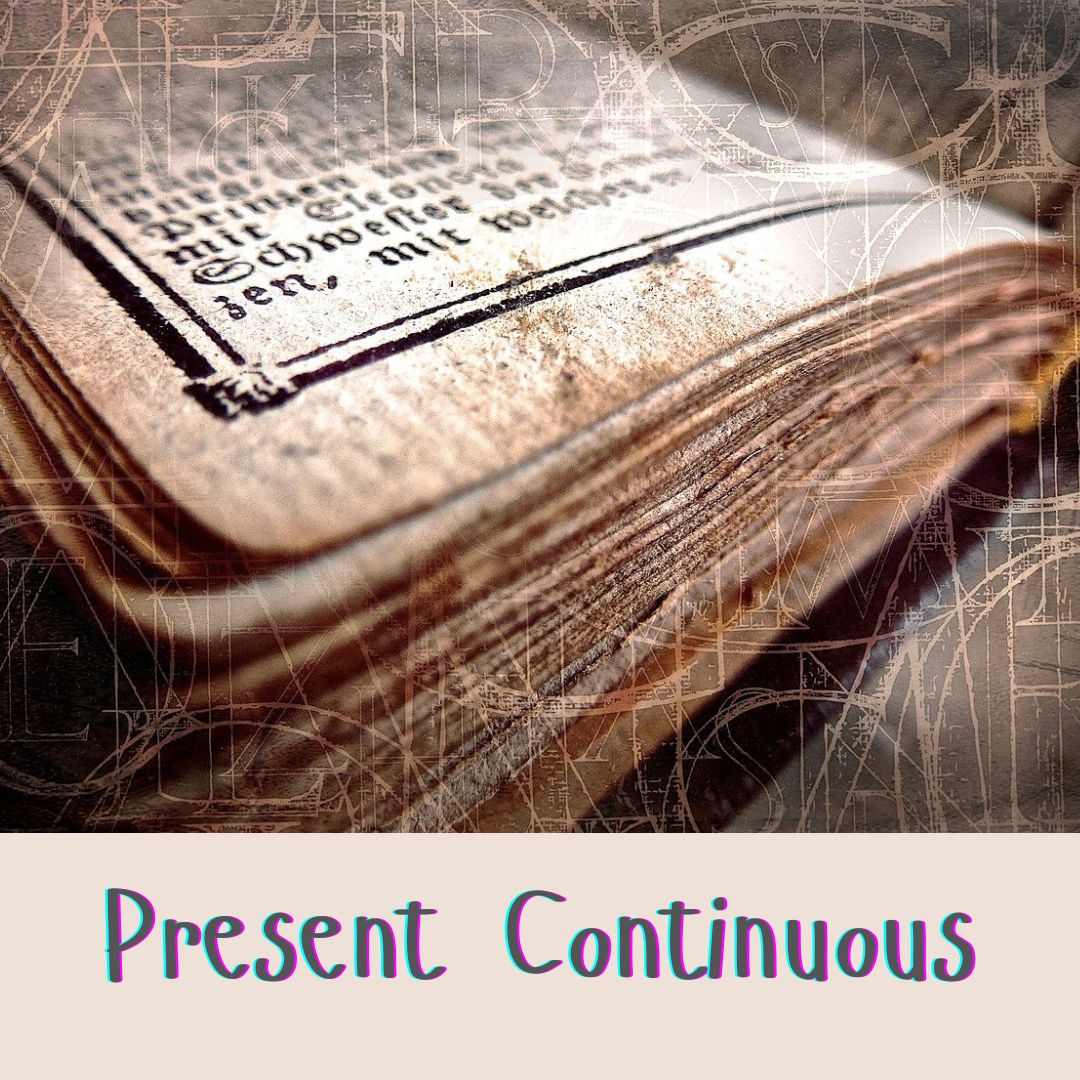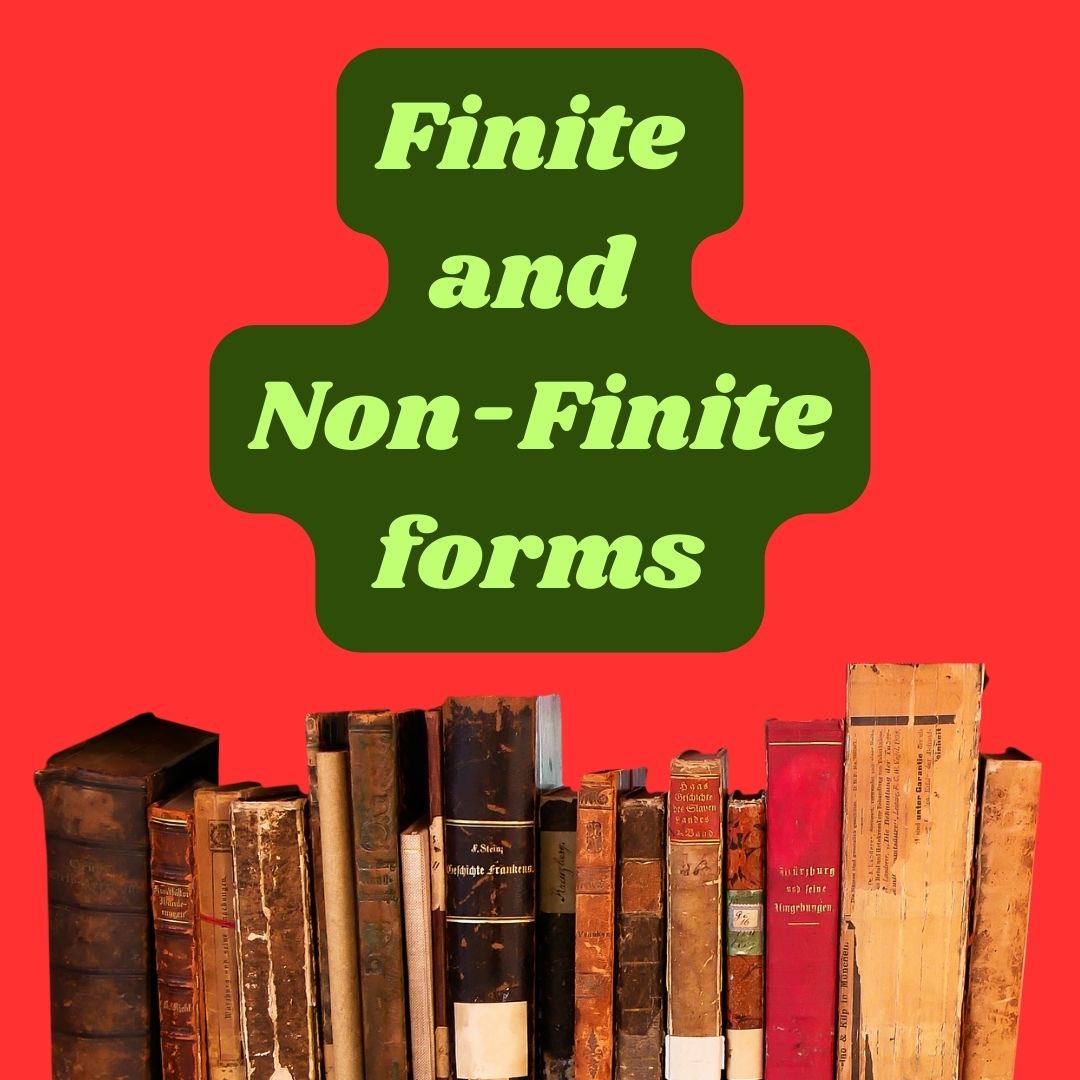Tag: participle

The Present Perfect tense
The Present Perfect is often used to talk about actions that started in the past and have been completed at some point before the present moment.

The Future Continuous tense
Use the Future Continuous tense to talk about future plans and arrangements, particularly when the plan involves a continuous action or event.

The Present Continuous tense
The Present Continuous Tense: The affirmative form: of the Present Continuous Tense is formed by using the present tense of the auxiliary verb to be (am, is, are) followed by the present participle (verb + ing) of the main verb. Subject + Auxiliary Verb + Main Verb + ing Examples: I […]

Regular and Irregular Verbs
Verbs are divided into two main groups based on how they form their past tense and past participle: Regular verbs: These verbs form their past tense and past participle by adding -ed to the base form of the verb. For example: walk becomes walked in the past tense and past participle.

Finite and non- finite forms of the Verbs
In grammar, a finite verb is a verb form that shows tense, person, number, and mood. A finite verb is used to indicate that the action or state of the verb is limited to a specific time or subject.